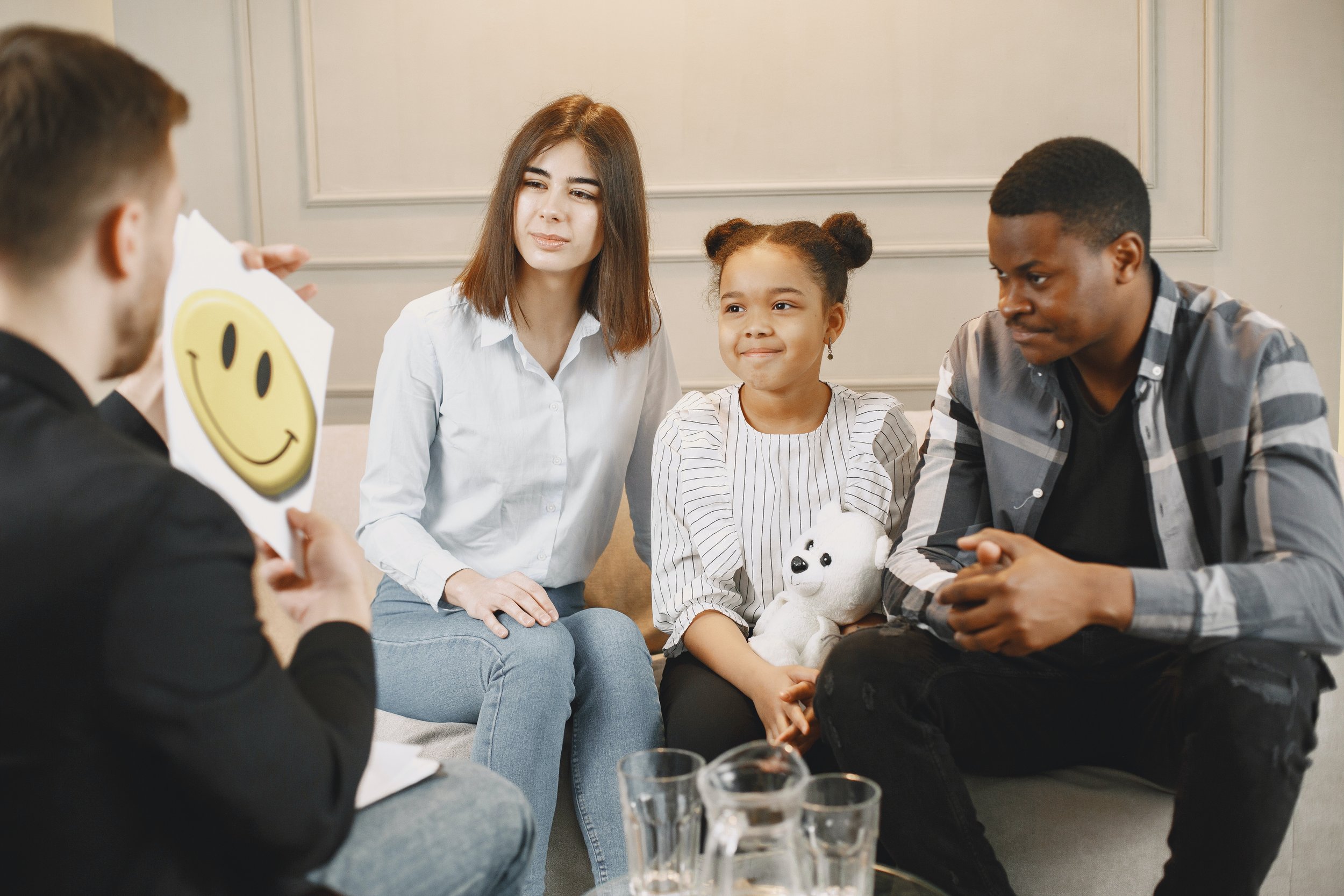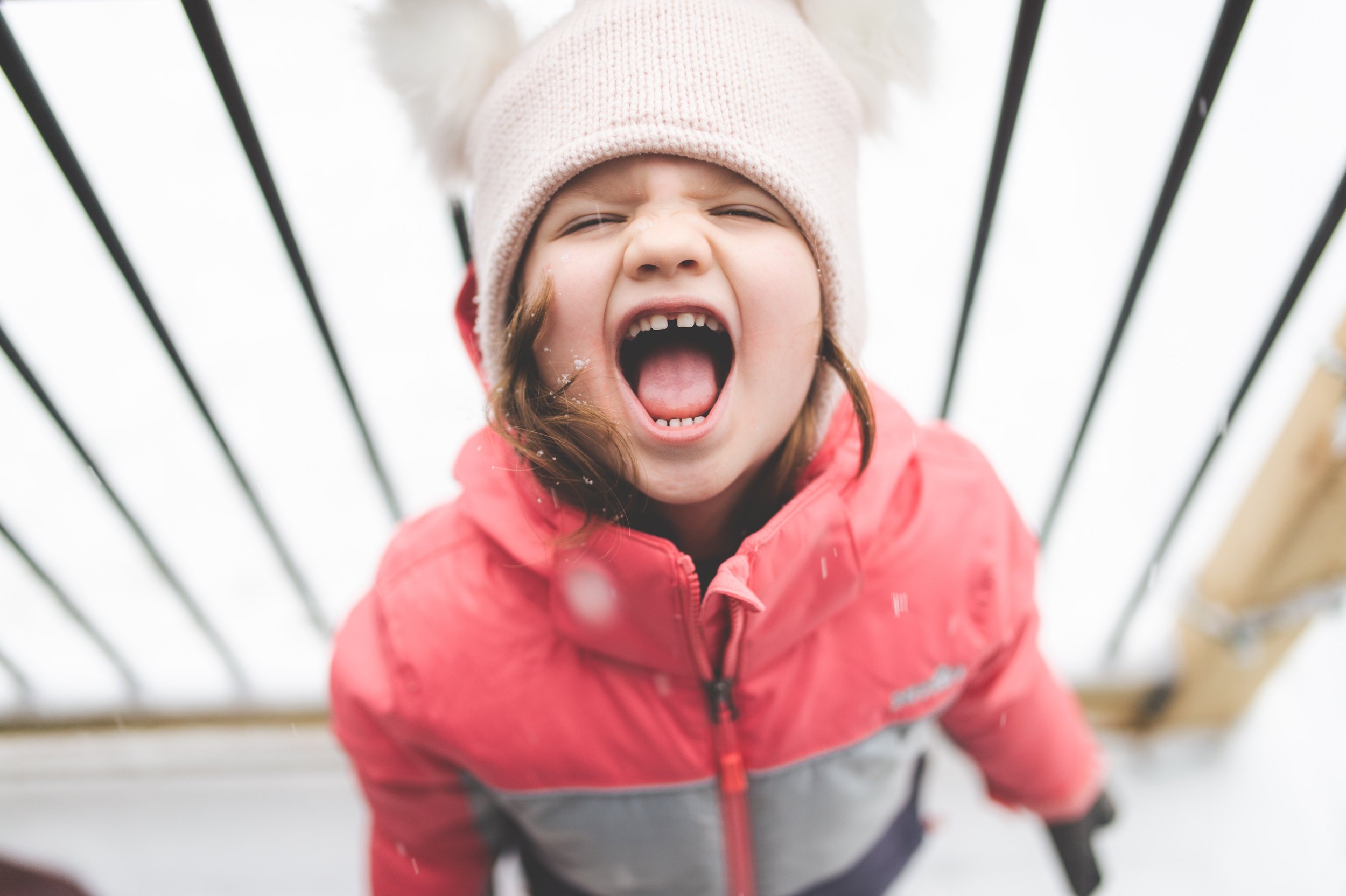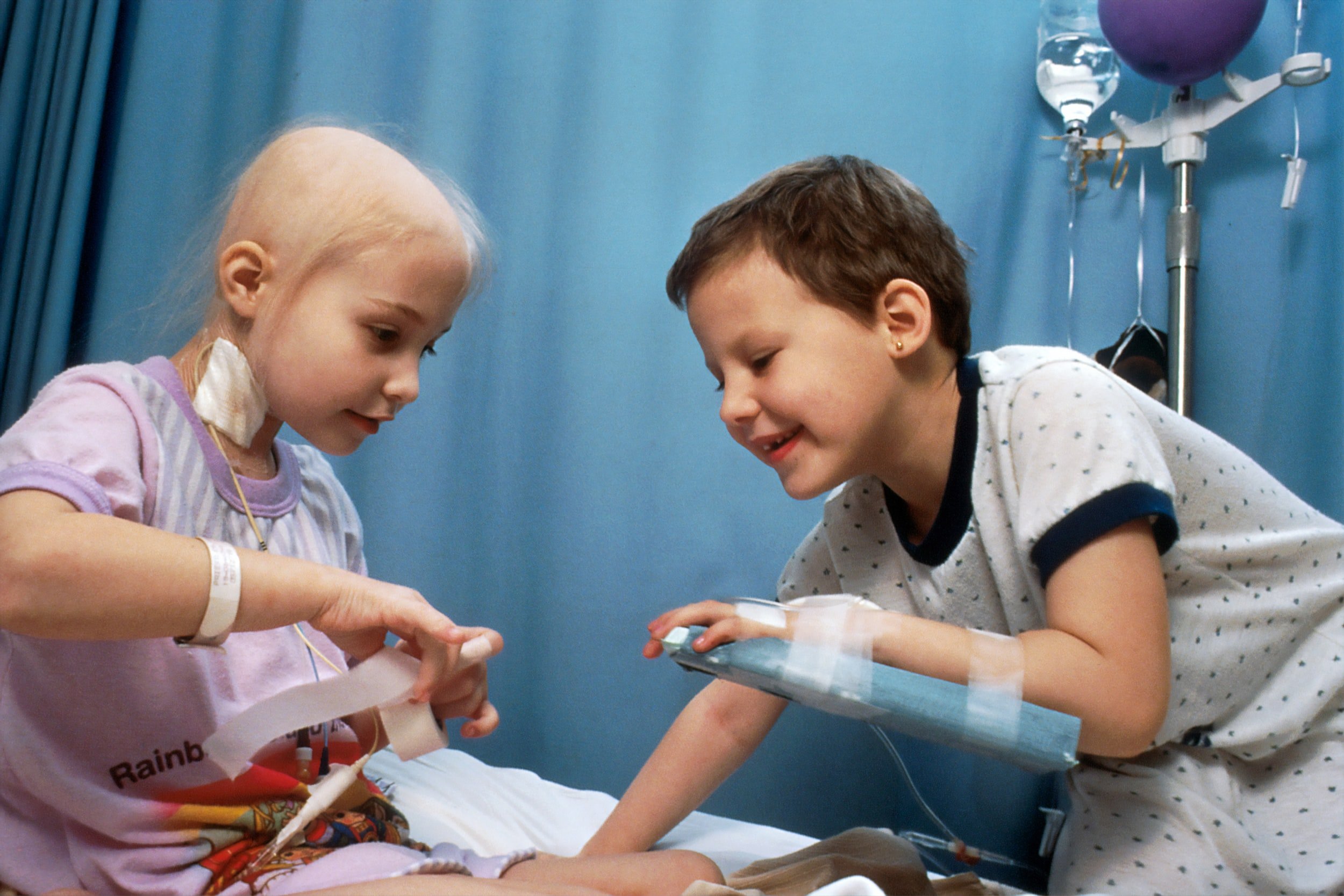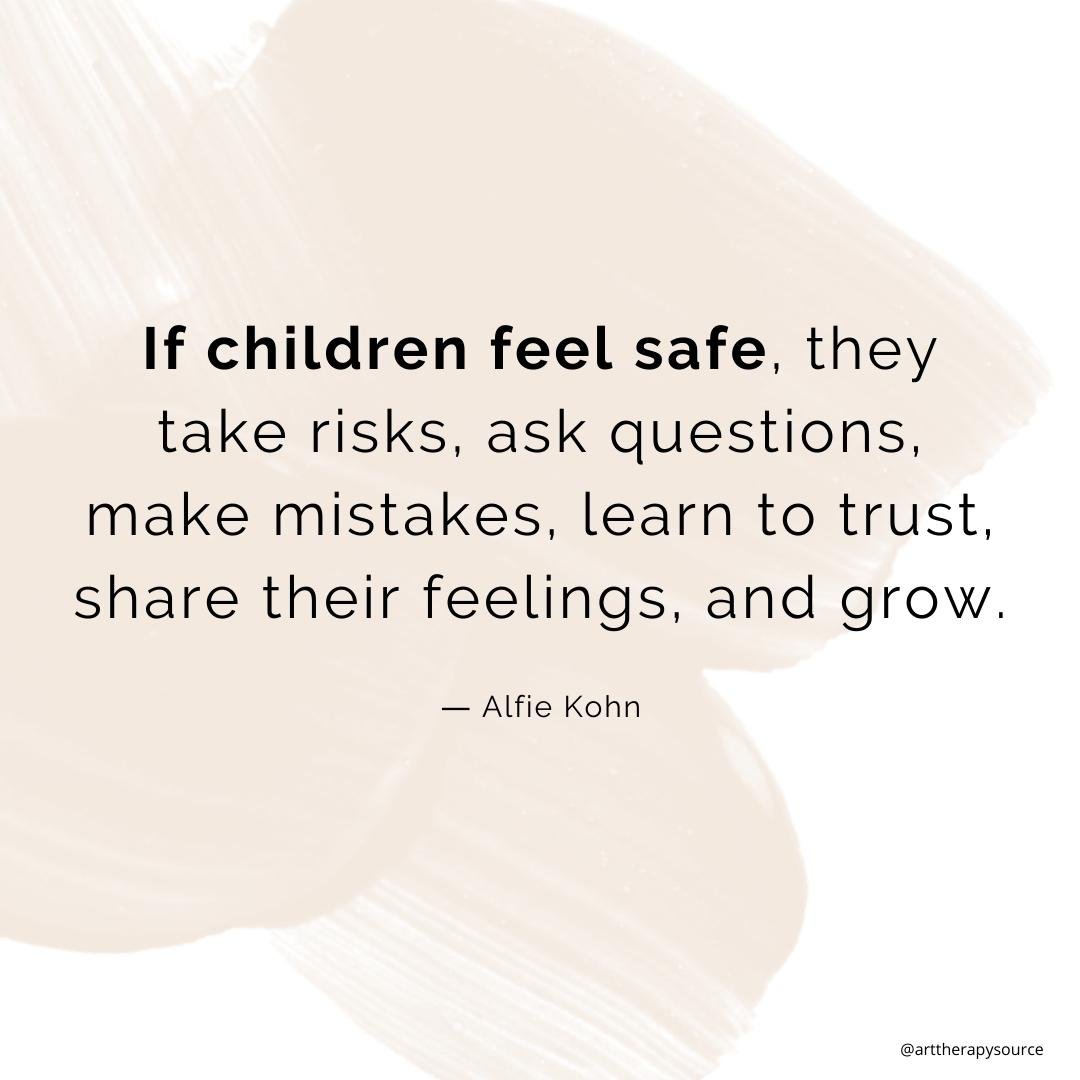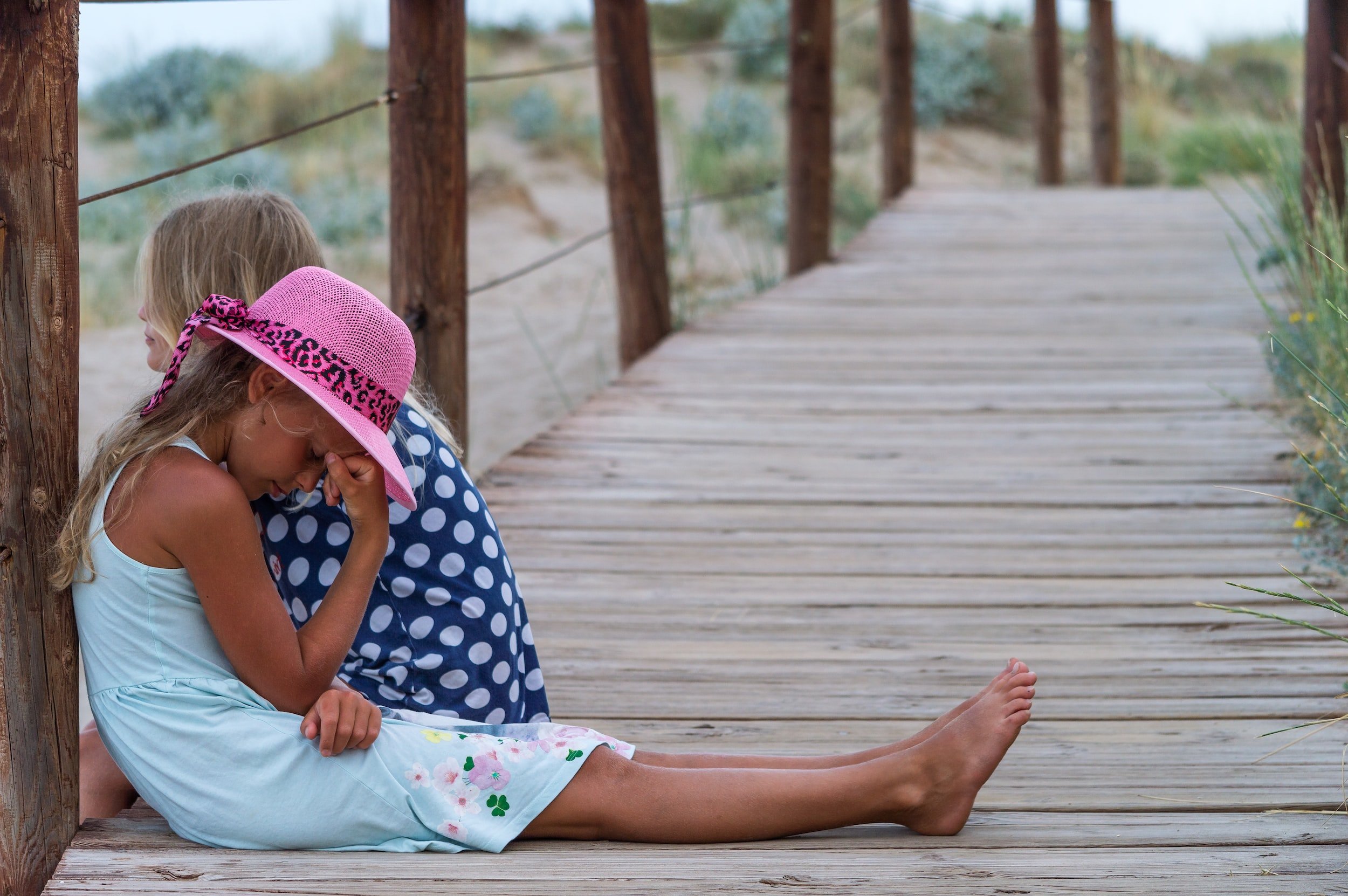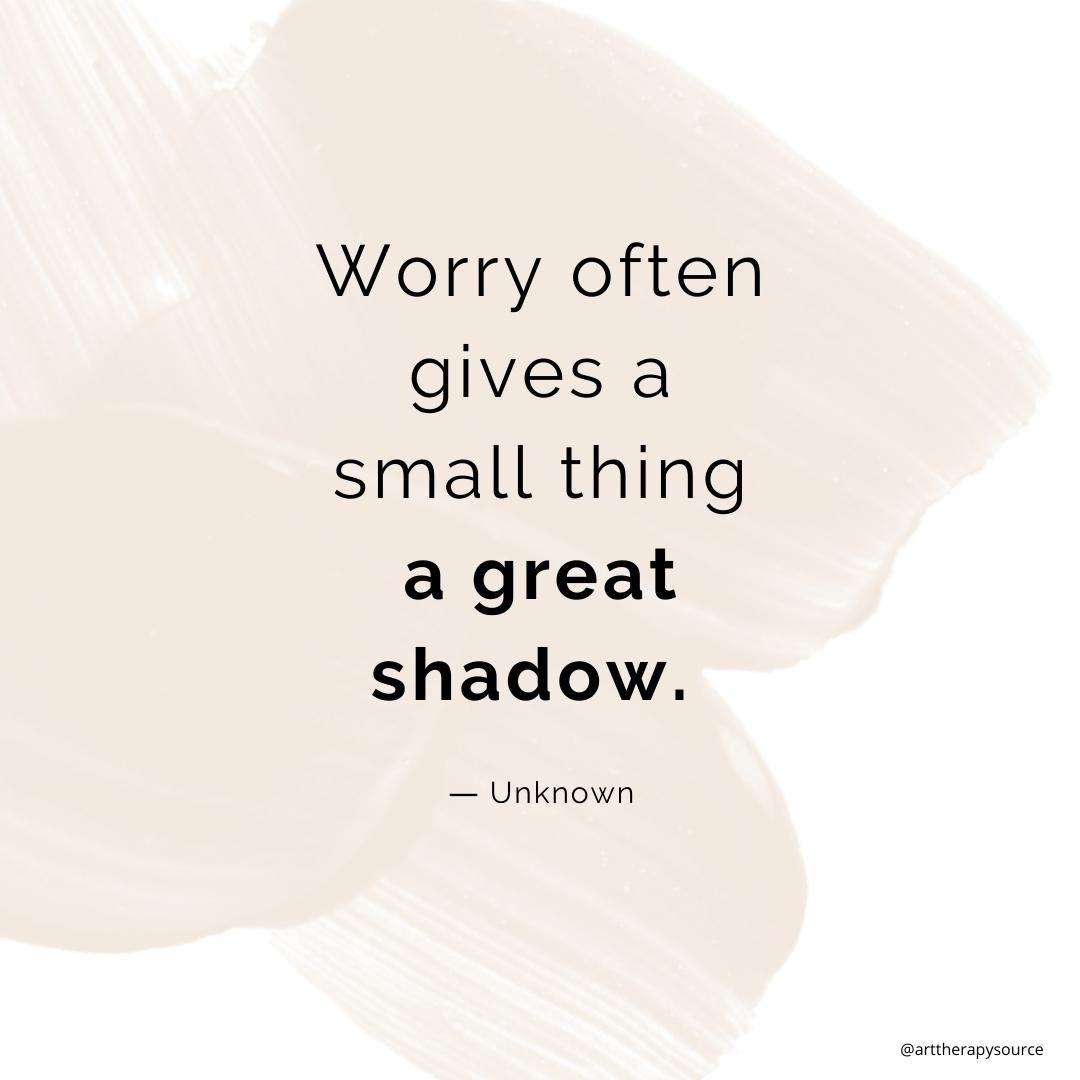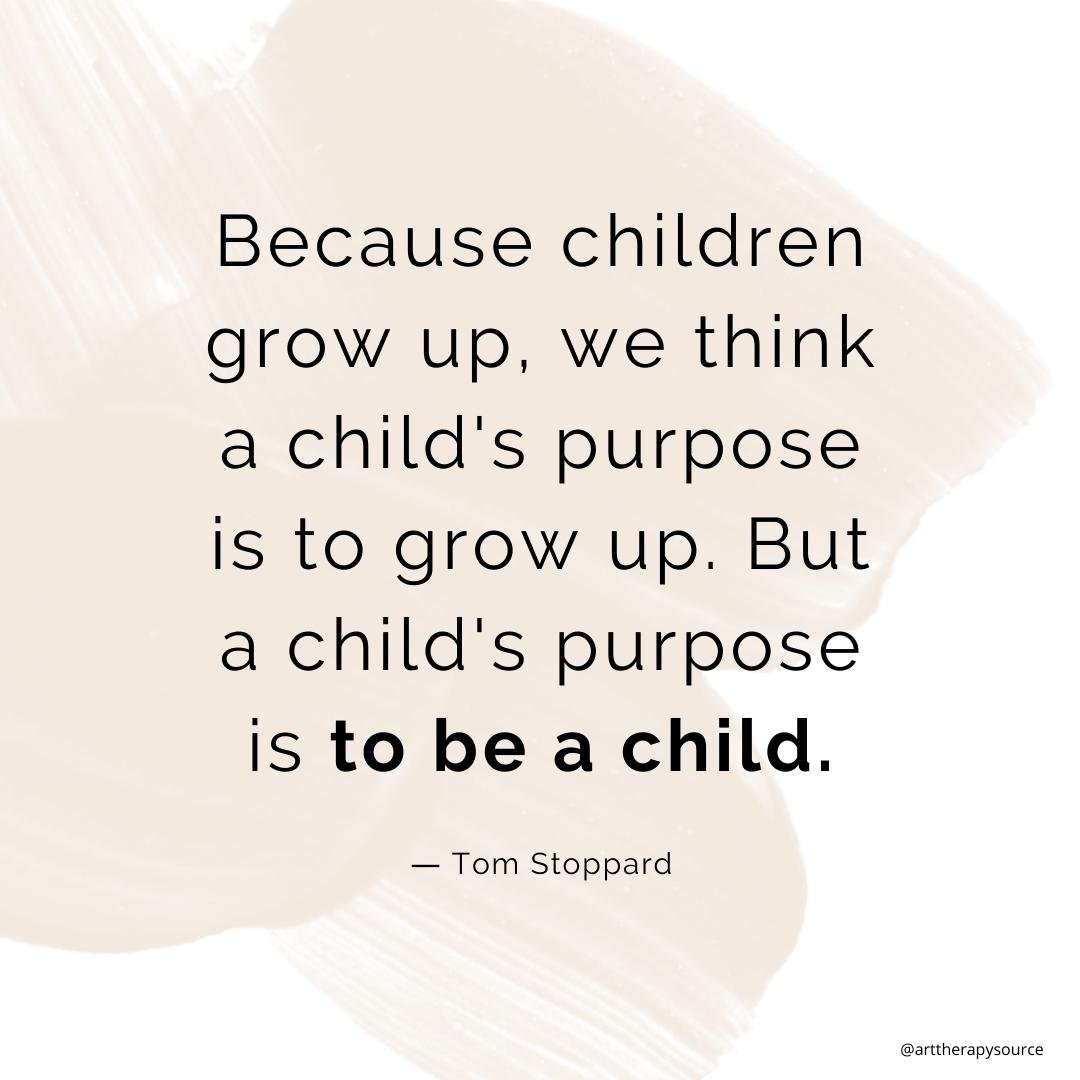5 Signs Your Child May Benefit from Therapy
If you’re a parent wondering, “does my child need therapy?”, you’re not alone. It can feel difficult to know whether or not your child is navigating the typical ups and downs of development or if there’s something more serious happening.
For years, I worked in a globally-renowned children’s hospital in New York City with children and adolescents. I’ve met with hundreds of children to determine whether or not they might benefit from therapy. I’ll share 5 signs parents can look out for in order to determine if their child might benefit from therapy, based on my knowledge and experience.
I’ve worked as a therapist with children who needed support with:
Overcoming anxiety and specific fears
Processing grief and trauma
Feeling intrinsically motivated to learn new skills
Unlearning unhelpful, distressing behaviors
Building confidence and self-esteem
Decreasing tantrums and outbursts
Strengthening communication skills
Coping with big emotions
As an art therapist, I work with children in therapy primarily through the use of art and play. Children use their behavior - not their words - to tell us how they feel. In therapy, utilizing creative self-expression allows children to communicate and feel understood. When this happens, healing begins.
Your Child is Grieving a Loss or Experienced a Trauma
You may have heard of big “T” trauma (death, the COVID-19 pandemic) and little “t” trauma (a parent distracted by caretaking for another family member, the death of a pet). Feeling that one’s safety or life is threatened or being a witness to a traumatic event can cause trauma, even if a person was not physically harmed.
Everyone has a different capacity for stress tolerance and coping. Some children, just like adults, may have a stronger response to an event than another child does. Trauma impacts brain development, so treatment is vital. Research has also shown us that while little “t” trauma might sound less serious overall, children who are exposed to repeated smaller traumas are at higher risk for PTSD than children who experience one big “T” trauma.
Our brain stores our experiences of trauma and grief differently than other life experiences. This is why therapy that utilizes sensory and embodied techniques are highly effective when treating trauma and/or grief - they access the parts of the brain that “store” trauma and grief. I love the quote below because it’s a helpful visual to think about the impact/healing of trauma.
Signs your child may be navigating trauma or grief:
Sudden change in behavior
Isolation
Regression to an earlier developmental stage
Behavioral triggers around certain places, people, or times of the year (such as the birthday of a loved one who died or the anniversary of a traumatic event)
Physical symptoms such as headaches, stomach aches, loss of control of the bladder or bowels, vomiting, or pounding heart
Increased thoughts, questions, or conversation around safety and/or death
Changes in eating/sleeping habits
Increase in clinginess or not wanting to separate from parents
Nightmares or intrusive memories during the day
Concerning narratives in play or art
A “good” or well-behaved child that appears to have little to no negative emotion around upsetting events
They have an acute or chronic health condition that requires or has required regular medical treatment:
Asthma or allergies
Cancer or blood disorder
Gastrointestinal disease
Diabetes
Juvenile arthritis
Cancer remission or burn survivors
Takeaway: We hold trauma and grief in our body; when we experience either one, the felt sense stays with us. The “little” traumas matter; trauma impacts brain development. Art therapists are trained in methods that tap directly into the felt sense of these memories and experiences in order to fully process them.
2. Your Child Has Developed Concerning Behaviors
If your child seems more aggressive, resistant, or prone to tantrums, it may be time to seek the support of a therapist. Behaviors are communication for children - they don’t have the verbal sophistication that adults do, so they can’t easily articulate how they feel inside - resulting in overwhelm and concerning or upsetting behaviors.
Children can benefit from therapy to learn skills to self-regulate and utilize healthy outlets to express their feelings. What’s underneath the behavior is often a feeling (such as frustration, anger, sadness, or anxiety) and when we help children understand how to cope with their feelings, we create room for new behaviors and skills to be practiced.
Concerning behaviors can look like:
Lashing out, impulsivity, defiance, or ignoring rules
Low frustration tolerance, aggressive peer interactions
Physical responses like punching, biting, kicking, throwing and hitting
A “big” response (screaming, running away) to an everyday situation
A high need for control that can appear rigid
“Button-pushing”, limit testing, or boundary crossing
Takeaway: Many behaviors can be modified over time. Children can safely express emotions through art, play, and other creative modalities in art therapy, which can help them learn new skills, develop insight, and gain confidence in self-soothing.
3. Your Child is the Sibling of a Sick Child
Sometimes called “well-child syndrome” or “glass children” (because their needs tend to go unseen) children who have a sick sibling experience unique challenges that other kids may not. In one study, it was found that healthy siblings were found to experience more psychological impacts, including feelings of depression, anxiety, guilt, isolation, and withdrawal.
In that same study, “well-children” were also found to experience just as much stress as their sick sibling. Healthy siblings may not immediately present in a way that suggests therapeutic intervention is needed.
Siblings of Sick Children May:
Not present as having any concerning behaviors
Present as sensitive or shy
Intuitively know how to “put on a brave face”
Minimize or hide negative emotions or experiences
Take on the role of “caretaker” in the family
Adapt well to different environments
Often receive praise for their good behavior
Feel nervous, anxious, or guilty more often than peers
Experience a sense of loneliness
Internalize emotions to “protect” their family
Struggle with low self-esteem or self-concept
Takeaway: Siblings of sick children often slip through the cracks of treatment. They need extra support because they are at higher risk of negative psychological impacts.
Your Child Appears Anxious
A recent article highlighting the mental health crisis facing youth in our country called for “screening all kids 8 and up for anxiety”. There are many reasons that help explain why anxiety is on the rise. Even pre-pandemic, anxiety and depression rates in children were steadily increasing each year. Children who have anxiety are more likely to develop depression in adolescence.
Anxiety is serious - and treatable. Helping children to understand their thoughts, feelings, and behaviors and utilize creative self-expression can help them alleviate their anxiety in therapy. Children’s emotions are real, often big, and can be difficult for a young person to manage, understand, and organize. For this reason, anxiety often underlies difficult behaviors and dynamics. Although anxiety may be more commonly associated with nervousness or worry, children may also act aggressively, impulsively, or out of character when feeling anxious.
Anxious Children May:
Have trouble separating from their primary caregiver(s)
Have specific fears or worries
Develop anxiety in response to a stressful event or situation (moving, death of a loved one, getting injured, bullying, conflict in the home)
Avoid school or social activities with others outside of the home
Experience physical symptoms such as rapid heart rate, upset stomach, or sweating
Act impulsively, aggressively, or explosively when uncomfortable
Develop somatic symptoms, such as fatigue, coldness, or limb pain
Cry often
Have nightmares or troubling thoughts during the day
Takeaway: Anxiety is treatable and kids do not grow out of anxiety over time. Some children may benefit from medication in combination with therapy. Art therapy for children with anxiety helps externalize what’s internal and hidden - which makes big thoughts and emotions more manageable. Anxiety may not disappear overnight - but giving children the tools and strategies to cope is what prompts change.
Your Child is Experiencing Ongoing Stressors
Ongoing stressors such as academic pressure, an ongoing medical or health issue, a sick family member or pet, social challenges, conflict or frequent fighting in the home, or peer/social challenges can impact a child significantly. Children may benefit from specific skills in therapy that help with managing stress, such as conflict resolution, communication skills, assertiveness training, or implementing boundaries.
Not all stress is negative - many of us experience the “positive stress response” on a daily basis - but not all stress is healthy or manageable, either. Multiple, ongoing, moderate to high levels of stress keeps the body in a more activated and hypervigilant mode (“fight or flight”) of functioning. Over time, stress can impact focus, concentration, and sleep/eating habits, and may mirror symptoms of anxiety or depression.
Other factors impact how we cope with stress, including:
Genetics
Lifestyle
Experiences
Support Systems
Resources
Takeaway: Stress - especially chronic stress - can impact the well-being of children and teens. Learning ways to deal with stress means developing skills for life. Having a strong support system has been shown to be the best protection against stress. Therapy is often a safe, nonjudgmental, and vital part of that sustaining network of protection that children and teens need.
Summary
Therapy is often a big step, and many of us may feel hesitant or have questions about it. Therapy is a safe space to learn skills and process emotions and experiences to create insight and self-awareness. Therapy is a space where discomfort can be explored, emotions can be accepted, and new ways of thinking and behaving can be practiced and developed. Art therapy blends talk therapy approaches with the creative process, creating a deep, engaging experience for all ages.
If you are a parent seeking therapy for your child, feel free to reach out to learn more about my approach and how art therapy may be able to support healthier coping and the development of specific skills or strategies. I provide art therapy in Montclair, NJ for individuals aged 5 and up. I also provide virtual art therapy in to people in other areas of NJ (such as Bergen County or Passaic County) and those who live or go to school in NY state.
